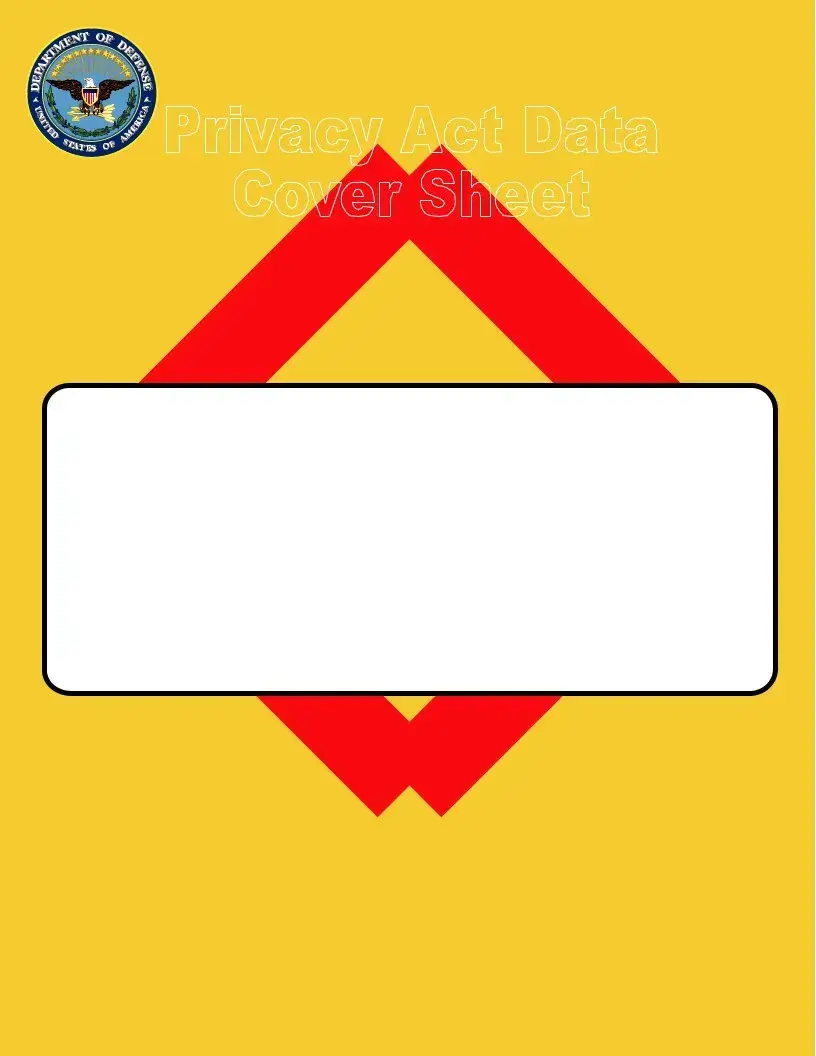Blank Privacy Act Statement PDF Template
The Privacy Act Statement form, officially designated as DD FORM 2923, SEP 2010, serves as a cover sheet for safeguarding documents containing personal information in compliance with the Privacy Act of 1974. This form ensures that the contents are not disclosed, discussed, or shared with individuals who do not have a legitimate need to know for their official duties. It underscores the importance of handling sensitive personal or privileged information with utmost care, cautioning against unauthorized disclosure which could lead to civil and criminal penalties.
Recognizing the critical nature of protecting personal information, it’s paramount to properly fill out and attach this cover sheet to all relevant documents. Click the button below to begin the process of filling out your Privacy Act Statement form.

